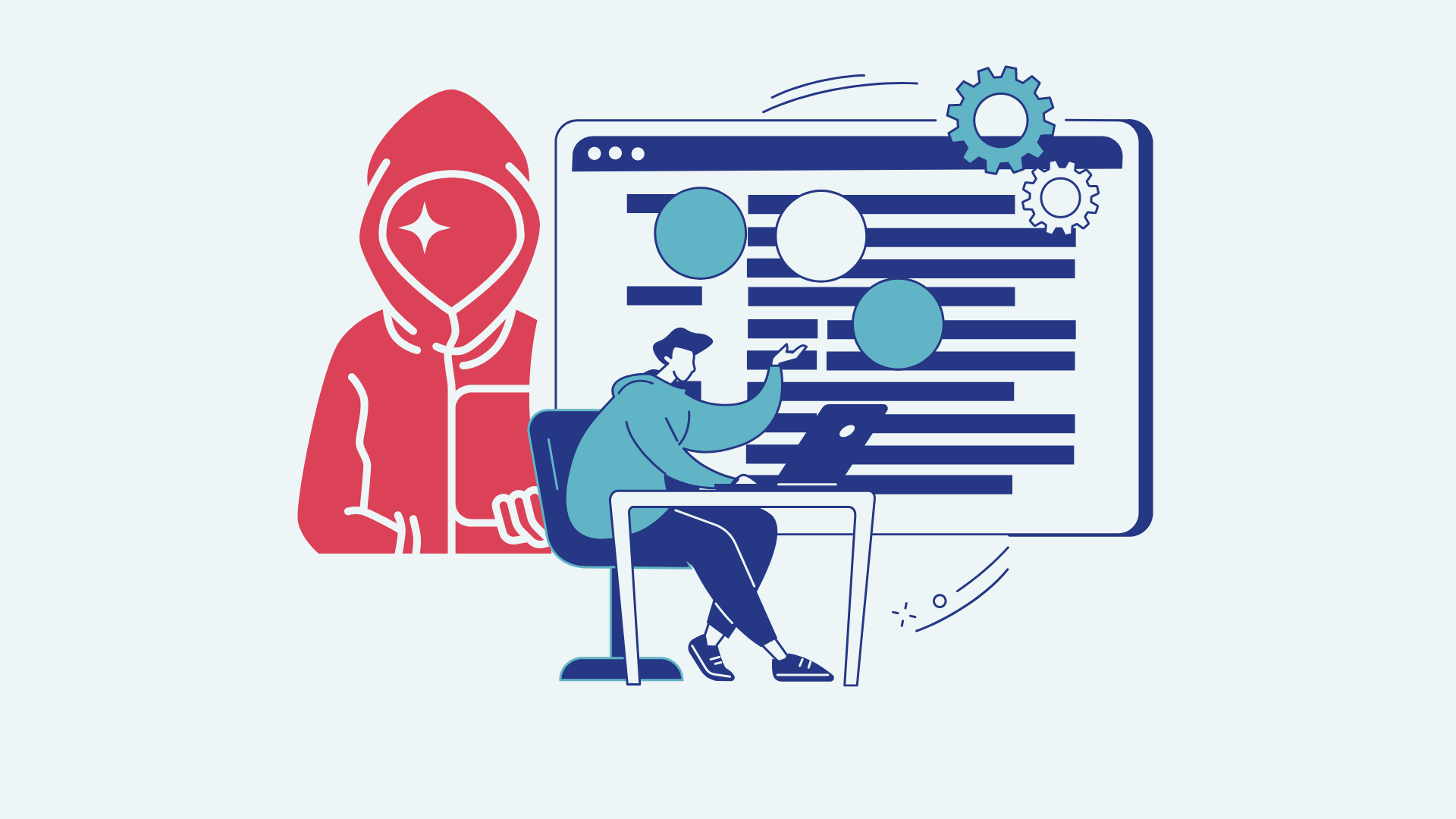A fraud detection system integrated into your CDR billing software
We are all affected by hacking.
At CFAST, we have hired network security experts. This has become a key position in companies dealing with large volumes of data. But often, hacking happens through negligence.
We know that there is still a long way to go before everyone is aware, changes their low-security passwords (0000, 1234…) for complex ones (0072017555…) and different ones for each technology or service requiring an access code.
Companies and individuals are less aware of phone hacking. Phone hacking is a nightmare for operators because it can have disastrous consequences for their customers’ finances. Indeed, although fraudulent, these calls are nonetheless real and must be paid for by the end customer for amounts that are often exorbitant.
Three loopholes are exploited by hackers:
Today, the new generation of switchboards is fully integrated into the company’s network. Hackers can enter the company’s network and use the various facilities set up as a gateway to international calls or value-added numbers (VAS, 0800, etc.).
These virtual offenders can also get into the voice mailboxes of employees. Due to a lack of awareness, end-users do not personalise or set up passwords to access them. It is then technically possible for hackers to trigger calls to various types of paid or premium rate numbers.
Hackers also know how to hack the administrator interface. The hacker gets into the switchboard whose access is not complex enough. He can then degrade the company’s telephony, disrupt the entire integration or even generate paid calls.
So we see that there are major risks to the company’s security. Whether security is internalised or outsourced, whether there are one or ten experts, don’t forget that even governments are in trouble when it comes to cybercrime.
In this context of fraud and intrusion prevention, CFAST has set up a detection system for operators based on CDR anomalies. The operator using CFAST will define an alert threshold of 50€ for example. After downloading and qualifying the destinations of the calls in the file, an analysis is carried out in order to compare the purchase amount for an NDI to a destination in the file with the detection threshold set on the account. The CDR files are made available by the supplier operators. CFAST goes through all the accounts every hour to download and analyse them.
If the alert threshold is reached, CFAST sends an email to users who

